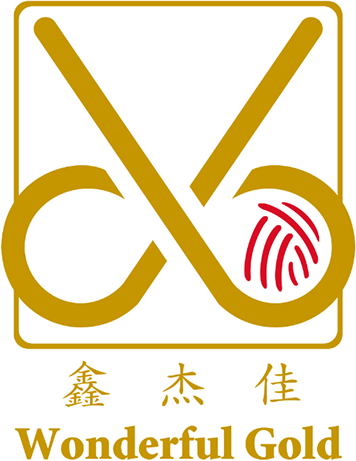
1. Wool knitting is different from cotton knitting. It is directly woven with yarn in the process of flat knitting machine. Like us knitting sweaters, a wool yarn cannot be continuously woven from beginning to end. Therefore, in this process, workers will connect each wool yarn by knotting. Generally speaking, it is impossible for a sweater to have no knot, but for a high-quality sweater, its knot is always hidden in invisible places, such as side seams and underarms.
2. Another aspect of the workmanship quality of knitwear appears on the flower feet. In the line, it is called bright closing needle (bright closing flower), which mostly appears at the neckline and shoulder. Generally speaking, it’s better to close the needle or cuff. In a sweater, it’s always more valuable than cuffing. In fact, we can’t see that there are lines of knitted woolen sleeves in the knitted field, which are absolutely the same as those of knitted woolen sleeves. To put it further, there is a considerable distance between the price of sleeved sweaters and cuffed sweaters in foreign trade export.
3. Judging from the embryonic cloth surface of a sweater, the needle path is a key point. It’s the little braids we see. They must be uniform and of the same size. If the thickness of the needle path is uneven, it means that the word code of the knitting equipment is not adjusted well during the loom process, or there is coarse and fine wool in the yarn.
4. Knitwear can be divided into two types: hand hook or hand woven and woven. The patterns of hand hook are flexible and diverse, which can not be replaced by knitting machines. The output is low, so the price is expensive. Hand hook is mainly distributed in Shantou The types of needles commonly used in knitting machines are: 1.5, 3, 5, 7, 9, 12, 14, 16, 18, etc. (the so-called needle types are mainly the number of needles arranged in an inch. The more needles, the thinner the sliver, the finer the yarn used, the higher the price, the higher the process requirements, and the higher the processing cost).
